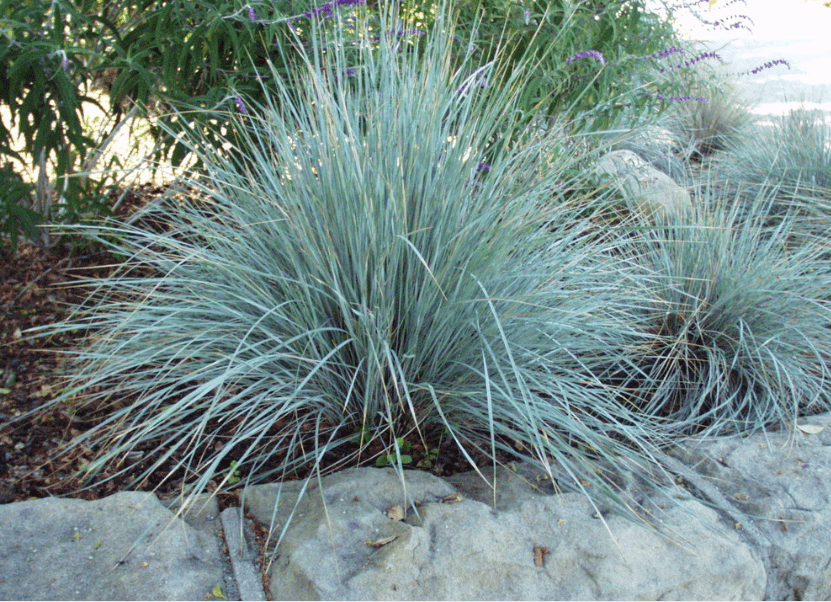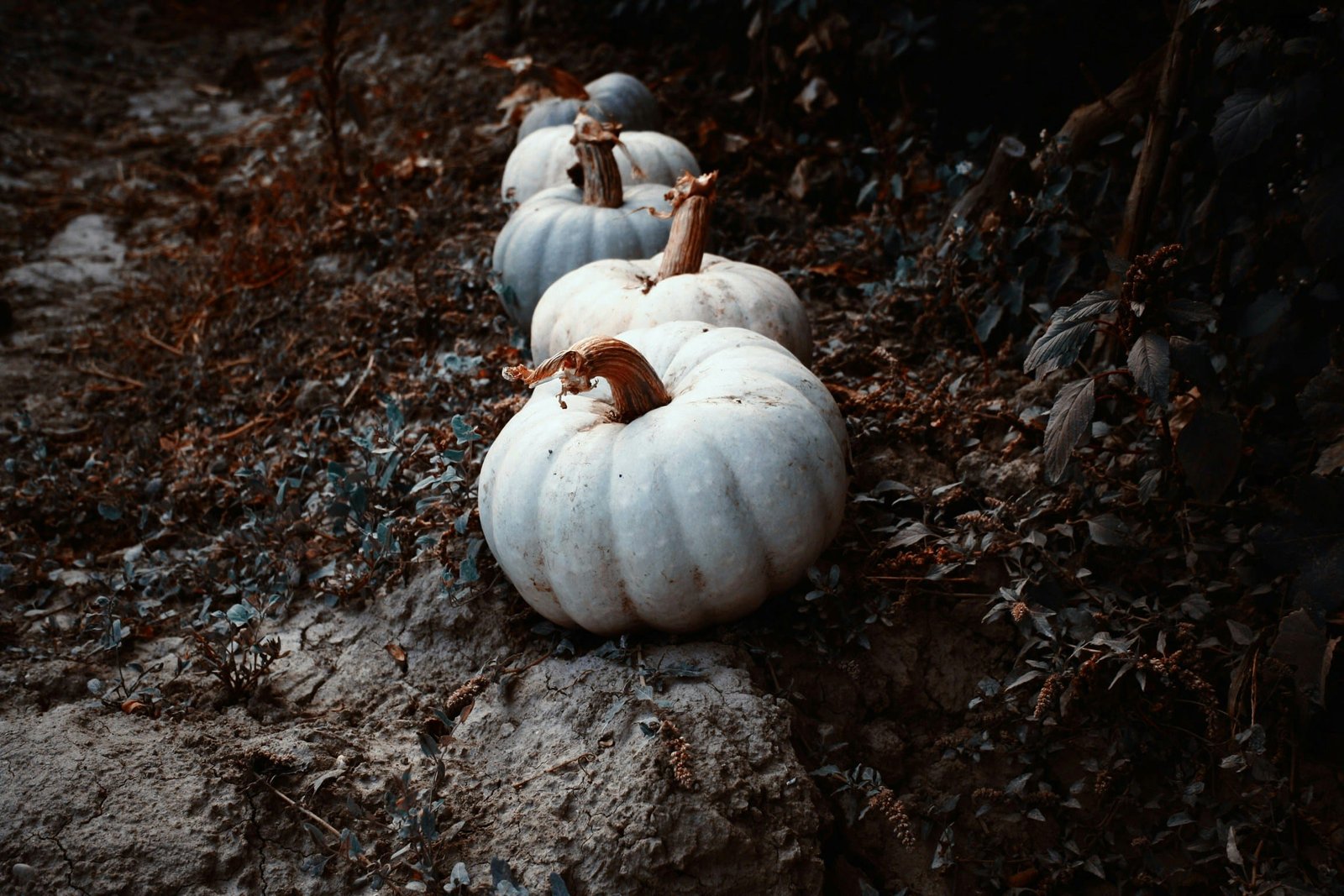Understanding Topsoil: Composition and Benefits
Topsoil, the uppermost layer of soil, is a critical component in gardening and agriculture. Comprising roughly the top 2 to 8 inches of the earth’s surface, topsoil is naturally formed over centuries through the weathering of rocks and the decomposition of organic matter. This vital layer is rich in organic material and microorganisms, making it a fertile ground for plant roots to thrive.

Read this article and do not forget to check our YouTube channel “Grig Stamate” for other amazing videos:
https://www.youtube.com/@GrigStamate
Beautiful English Garden Ideas | OUTDOOR DECOR & LANDSCAPING IDEAS #11 (video)
One of the primary characteristics of topsoil is its nutrient content. Enriched with essential nutrients like nitrogen, phosphorus, and potassium, topsoil provides the foundational elements necessary for plant growth. Furthermore, its composition includes minerals, decayed plant matter, and living organisms, all contributing to a nutrient-rich medium.
Moisture retention is another key benefit of topsoil. The organic matter within topsoil has high water-holding capacity, which ensures that plants receive a steady supply of moisture. This quality is particularly beneficial during dry spells, as it helps to maintain plant health and reduce the need for frequent watering.
In terms of soil structure, topsoil plays a pivotal role in maintaining a balanced environment. Its loose, crumbly texture allows for adequate air circulation, promoting root development and preventing soil compaction. This optimal structure is essential for the healthy growth of plants, as it facilitates the exchange of gases and absorption of nutrients.
Various types of topsoil are available on the market, each suited for different gardening needs. For instance, loamy topsoil is ideal for most plants due to its balanced mixture of sand, silt, and clay. Sandy topsoil, while well-draining, may require additional organic matter to retain moisture. Conversely, clayey topsoil, though nutrient-dense, often needs amendments to improve drainage and aeration.
Identifying high-quality topsoil is crucial for successful gardening. Premium topsoil should be dark, rich in organic matter, and free from contaminants such as rocks and debris. A simple test to gauge its quality is to moisten a handful and observe its texture; good topsoil should feel slightly sticky yet crumble easily when pressed.
In conclusion, understanding the composition and benefits of topsoil is fundamental for any gardener. By selecting the right type and ensuring its quality, you can create a thriving environment for your plants to flourish.
Exploring Compost: What It Is and Why It Matters
Compost is a rich, dark organic material produced through the decomposition of various organic matter. The process of composting involves the natural breakdown of kitchen scraps, yard waste, and other organic materials by microorganisms. This decomposition process transforms the organic matter into nutrient-rich humus, which can be used to enhance soil quality.
Various materials can be composted, including fruit and vegetable scraps, coffee grounds, eggshells, grass clippings, leaves, and even certain types of paper. These materials provide essential nutrients and promote the growth of beneficial microorganisms. When properly managed, composting can significantly reduce the amount of waste sent to landfills, contributing to a more sustainable environment.
The benefits of compost are numerous. One of the primary advantages is its ability to improve soil fertility. Compost enriches the soil with essential nutrients, such as nitrogen, phosphorus, and potassium, which are crucial for plant growth. Additionally, compost enhances soil structure, making it more friable and easier to work with. This improved structure helps in better root penetration and development.
Compost also boosts microbial activity in the soil. The microorganisms present in compost help break down organic matter and release nutrients in a form that plants can readily absorb. This microbial activity not only supports healthy plant growth but also aids in disease suppression and pest control.
Another significant benefit of compost is its ability to improve water retention. Compost increases the soil’s capacity to hold water, reducing the need for frequent irrigation. This is particularly beneficial in regions prone to drought or where water conservation is a priority.
There are different types of compost available, each with its specific uses in gardening. Homemade compost is a popular choice for many gardeners, as it allows for the recycling of household and garden waste. Commercial compost, on the other hand, is often produced under controlled conditions and may contain additional nutrients or amendments tailored to specific gardening needs.
Understanding the creation and benefits of compost is essential for any gardener looking to improve their garden’s health and productivity. Whether opting for homemade or commercial compost, incorporating this organic material into your garden can lead to more vibrant plants, healthier soil, and a more sustainable gardening practice.
Key Differences Between Topsoil and Compost
Understanding the fundamental differences between topsoil and compost is crucial for making informed decisions in gardening. Topsoil is the uppermost layer of soil, rich in organic material and minerals, which serves as a base for planting. It is typically composed of a mixture of sand, silt, clay, and a moderate amount of organic matter. On the other hand, compost is a nutrient-rich soil amendment made from decomposed organic materials such as kitchen scraps, leaves, and grass clippings. While both play significant roles in gardening, their applications and benefits differ.
One of the primary distinctions lies in their nutrient content. Topsoil contains essential minerals and nutrients but in varying amounts, depending on its source. It provides a stable environment for plant roots to anchor and access water and nutrients. Conversely, compost is teeming with nutrients and beneficial microorganisms that enhance soil fertility and structure. It is particularly high in organic matter, which improves soil aeration, water retention, and overall health.
Biological activity is another key difference. Topsoil has a moderate level of biological activity, with various microorganisms and earthworms contributing to soil health. However, compost is a powerhouse of biological activity. The decomposition process introduces a high concentration of beneficial bacteria, fungi, and other microorganisms that continue to break down organic material, releasing nutrients slowly and sustainably.
In terms of their roles in gardening, topsoil acts as a foundational layer where plants grow and establish their root systems. It is essential for creating a stable planting bed and is often used in landscaping and construction. Compost, however, is best utilized as a soil amendment. It is mixed into existing soil to improve its structure, nutrient content, and biological activity, making it suitable for various gardening tasks such as vegetable gardens, flower beds, and lawn care.
Common misconceptions include the belief that topsoil and compost are interchangeable. Using topsoil alone may not provide the necessary nutrients and biological activity for optimal plant growth, while relying solely on compost could lead to nutrient imbalances and poor soil structure. Therefore, understanding their individual properties and appropriate uses can prevent potential pitfalls and enhance garden success.
Choosing the Right Option for Your Garden: Expert Tips and Recommendations
When it comes to selecting between topsoil and compost for your garden, understanding the specific needs of your plants and the current condition of your soil is crucial. Experts suggest starting with a thorough soil test to determine its pH level, nutrient content, and texture. This initial assessment helps identify whether your garden would benefit more from the nutrient-rich properties of compost or the structural benefits provided by topsoil.
Topsoil is typically used to improve soil structure and provide a solid foundation for plant growth. It’s especially useful in new garden beds, for leveling lawns, and in areas where the existing soil is poor or has been eroded. On the other hand, compost is an organic material rich in nutrients, ideal for enriching soil, enhancing moisture retention, and boosting microbial activity. Compost is particularly beneficial for vegetable gardens, flower beds, and anywhere you want to improve soil fertility.
Experts recommend considering the specific requirements of the plants you intend to grow. For instance, vegetables and flowers often thrive in nutrient-dense compost, while grass and shrubs may perform better with the foundational support of topsoil. Combining topsoil and compost can also yield beneficial results. A common practice is to mix three parts topsoil with one part compost to create a balanced soil that supports both structural integrity and nutrient availability.
Case studies have shown that gardens utilizing a combination of topsoil and compost often exhibit robust plant growth and improved soil health. For example, a community garden project in urban areas successfully revitalized contaminated and compacted soil by layering topsoil and compost, resulting in productive vegetable beds and vibrant flower patches.
In summary, the choice between topsoil and compost depends on your garden’s specific needs. By assessing your soil condition, understanding plant requirements, and applying expert recommendations, you can make informed decisions to create a thriving garden. Combining the strengths of both topsoil and compost can often lead to the best results, ensuring healthy plant growth and sustainable soil health.
Other related posts from our website:
https://howtobuildahouseblog.com/five-best-landscaping-ideas-and-tips-for-a-small-yard/
https://howtobuildahouseblog.com/balcony-design-ideas-outdoor-landscaping-ideas/
Thank you so much for your attention.
Stay tuned. We will upload many other amazing posts to our website and videos onto our YouTube channel.
Thank you so much.
for your time and attention.
Best Regards
See you to another post,
Bye, Bye



No Responses